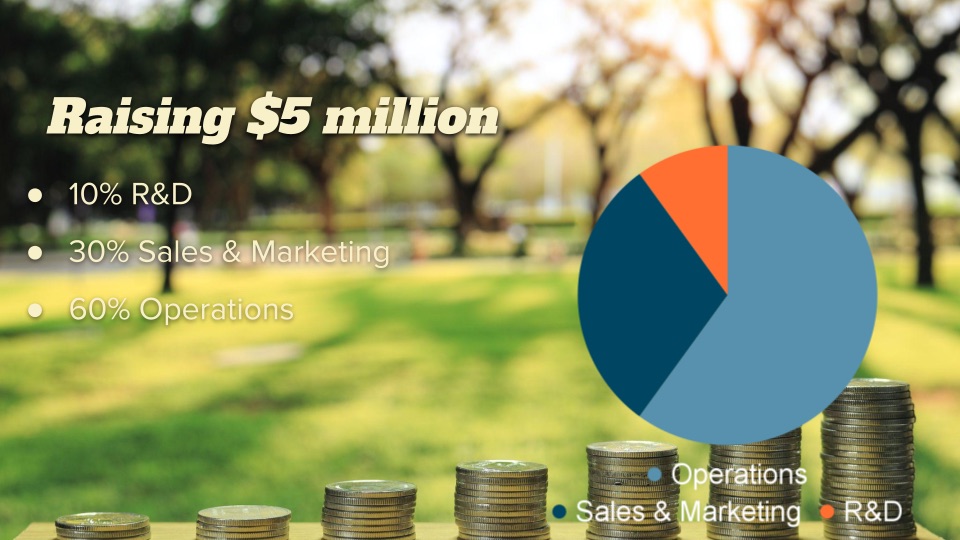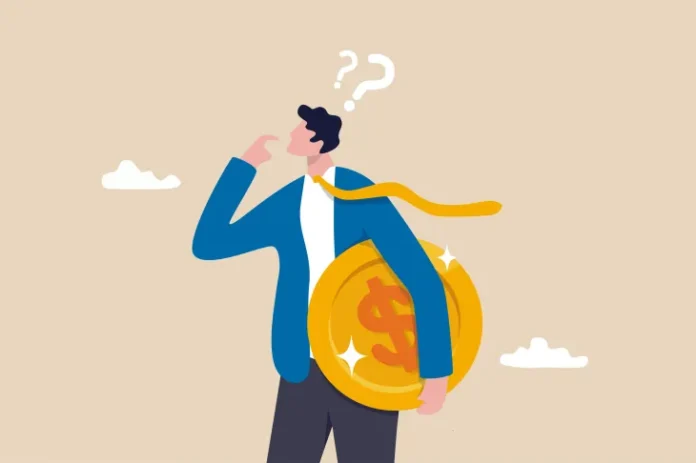When investors look at a startup's slide deck, they're looking for something very specific. They want to know if the team is great, the market is huge, the problem is worth solving, and the solution makes sense. Of course. But another thing they look for is whether the founders understand the journey they are taking.
The venture capital race points to rapid and explosive growth. It must be done: if it is not done, it has no place in the models of how VCs work. That's okay: not all companies are eligible for venture capital funding or have to go at that speed.
The other truth is that the total financing includes a very literal deadline: if the cash is consumed, it will be the end of the company. So before you run out of money, one of three things must happen:
- There is an exit event, which generally means being acquired or going public through an IPO. The latter is more predictable than the former, and early-stage companies generally don't have that option.
- You break even and can operate the business off of cash flow. In other words, you are making more money than you are spending.
- Another round of funding is raised.
For early stage companies, the first two options are out of the question, meaning a compelling picture needs to be painted for another round of funding. That's where startups often fail. Let's see how to solve it.

This slide has two big red attention flags.
Red flag 1: percentages
The first red flag is that the company is expressing what it will spend the money on as percentages. That makes sense, to some extent, for how you plan your internal budgets. But as an investor, I want to know that the company is focusing on activities that meet that third objective: raising funds.
That means, in effect, a startup needs to think about two rounds of funding before raising money: what it needs to raise for this round and the amount it will need for the next round, which will likely happen 18 to 24 months from now. of that presentation.
The problem with this slide is that it's not clear if the founders know the rules of the game they're in. Are they aware of how different the company must be to be able to advance to the next round? Are you sure that $5 million is enough to get you to your destination?
There's a trick you can do here: imagine what your company needs to look like to pitch your next round. How much technology do you need to have developed? How many clients and how much revenue do you need? What staff do you need to develop that technology, sell it to those customers, and support them? What more do you need to make that a reality? Then you put a price on all these points and add a 20% to 40% margin of safety, and that is the amount of money you need to raise. In other words: you're collecting by milestones, not percentages.
Red flag 2: Where the increase in value comes from
Most tech startups become more valuable because the technology they develop improves something in the world. Many companies start as minimum viable product MVP companies, which are appropriate for the stage of the company and respond to a thesis. Ultimately, the goal of both is to reduce the company's risk in some way (which can then be expressed as traction).
For some companies, the increase in value may come in terms of specific metrics: revenue, customer growth, average spend, customer retention, etc. However, the advantage in a startup is the technology that facilitates this growth.
That leads to the second red flag on the SaaS company slide in question: spending 60% on operations suggests that this is a very unbalanced company. What are you doing that requires so many operations? Similarly, spending only 10% on R&D is crazy.
For most early-stage startups, those numbers are reversed: you're investing heavily in developing new technology, a little in marketing and sales, and as lightly as possible in operations to shore up the business. The ideal is to design as many operations as possible outside the business and replace them with software. This is because software scales in a way that humans do not.
So on this slide, what you see is a company that has made some bad decisions, leading it to rely heavily on operational costs rather than software and development. He also continues to make bad decisions: those numbers are not the other way around; They say this is how the company plans to spend its money.
Worse yet: After 18 to 24 months of that spending, it's unclear whether the company will be able to raise its next round of financing.
How it could be applied

More like this style
What this slide would look like if built correctly. Updating the content and with a top-of-the-line design studio to give it a visual update.
The difference is notable. Now the slide shows that the company understands the important factors of its business. Reducing CAC (customer acquisition cost) means the company gets more bang for its marketing buck.
The growth of clients from 4.000 to 15.000 is significant. With a CAC of $290, that would cost $2,6 million. If, instead, you can get those customers at $220 per customer, the cost would be $2,1 million. That's a saving of half a million dollars in customer acquisition. Or, if you still spent $2,6 million, you could add 11.000 customers instead of 9.000.
Increasing the lifetime value (LTV) per customer from $1,500 to $2,500 means that the total value of the 15,000 customers goes from $22 million to $37 million, which definitely moves the business in the right direction.
The key hires show that this particular company understands that security is an important factor in its business (we haven't given any context for this business, but let's assume it's true), and a new head of marketing, which makes sense, given the focus on customer and LTV growth and CAC reduction.
The question is: Could this business raise its next round? The calculations can be done.
Could a company with a staff of 25, an ARR of $9 million, and 15.000 customers raise a round that follows a $5 million round? Presumably, this would be a growth round in the $15 to $20 million range, and given everything we see about the way these fundraisings perform in the market, they can be given pretty decent odds of raising funds. This slide shows that the founders are raising a reasonable amount, have a clear mission for what they need to do, and are referring to specific product development goals they plan to achieve before the next fundraising round.




